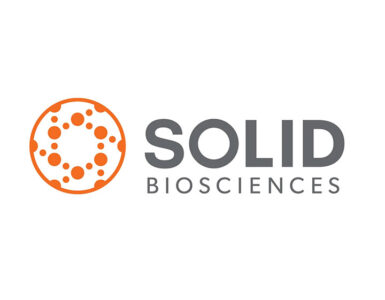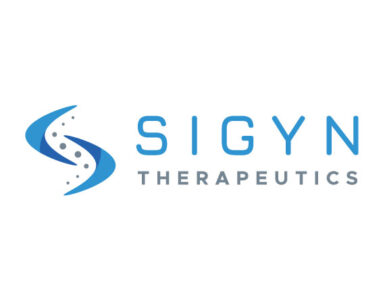 H.C. Wainwright launched coverage of Acasti Pharma (NASDAQ:ACST) and Matinas BioPharma (NYSE American:MTNB) with “buy” ratings and price targets of $6 and $4, respectively.
H.C. Wainwright launched coverage of Acasti Pharma (NASDAQ:ACST) and Matinas BioPharma (NYSE American:MTNB) with “buy” ratings and price targets of $6 and $4, respectively.
On June 25, shares of Acasti and Matinas closed at $1.05 and 80 cents, respectively.
Analyst Andrew Fein writes that the prescription omega-3 landscape continues to gain momentum following the REDUCE-IT cardiovascular outcomes trial data from Amarin indicating reduction in the first and total occurrence of major adverse cardiovascular events for patients on Amarin’s Vascepa, with elevated triglycerides and on stable statin therapy.
The wave of positivity from Vascepa, which is currently being pursued for an expanded label beyond its indication for triglyceride reduction in severe hypertriglyceridemia (SHTG) patients, has begged the question of whether there is opportunity for other prescription omega-3 entrants to the cardiovascular disease landscape, particularly without corresponding long-term outcomes trial data, he added.
“Based on both a proprietary H.C. Wainwright 100-physician survey oj the omega-3 market and our analysis of Acasti’s CaPre omega-3 platform, we believe not only is there space for CaPre to gain traction following a possible FDA approval in SHTG patients, but also to differentiate itself among approved omega-3 options,” Mr. Fein said.
CaPre is an omega-3 phospholipid formulation designed to treat severe hypertriglyceridemia patients. Following positive Phase 1 and Phase 2 development of CaPre, Mr. Fein said the company is currently conducting the pivotal Phase 3 TRILOGY trials evaluating CaPre in SHTG patients, with top line data anticipated by the end of 2019, and full data summaries expected in the first quarter of 2020.
“Positive trends in reducing bad LDL-C cholesterol and raising good HDL-C cholesterol levels support CaPre’s described trifecta lipid effect,” he said. “We note that if approved, CaPre would represent the only prescription omega-3 offering triglyceride reduction benefits of DHA (docosahexaenoic acid), without adversely raising LDL-C.”
Regarding Matinas, Mr. Fein said that based on the Wainwright survey and an analysis of Matinas’ MAT9001 omega-3 platform, “we believe there is potential for MAT9001 to differentiate itself within the hypertriglyceridemia space, following a possible FDA approval in SHTG patients.”
Along with Phase 1/2 PK/PD development of MAT9001, Mr. Fein said a head-to-head study was conducted comparing MAT9001 to FDA-approved omega-3 Vascepa, indicating a 33% median triglyceride reduction from baseline for MAT9001, compared with 11% reduction for Vascepa, in a very low fat meal condition.
Following MAT9001 IND reactivation and beginning a comparative bridging toxicity study, Matinas now plans for a bioavailability study, comparing MAT9001 to GlaxoSmithKline’s Lovaza, and a subsequent PK/PD comparative study with Vascepa, including a normal meal to address possible food effect.
An end-of-Phase 2 meeting with the FDA is targeted for the second quarter of 2020, with Phase 3 initiation of MAT9001 in SHTG patients planned for the fourth quarter of 2020.
“With Matinas pursuing further bioavailability clarity, compared with Lovaza and broader efficacy evaluation compared to Vascepa, we believe MAT9001 can assert its relevance within the omega-3 hypertriglyceridemia market,” Mr. Fein said.





